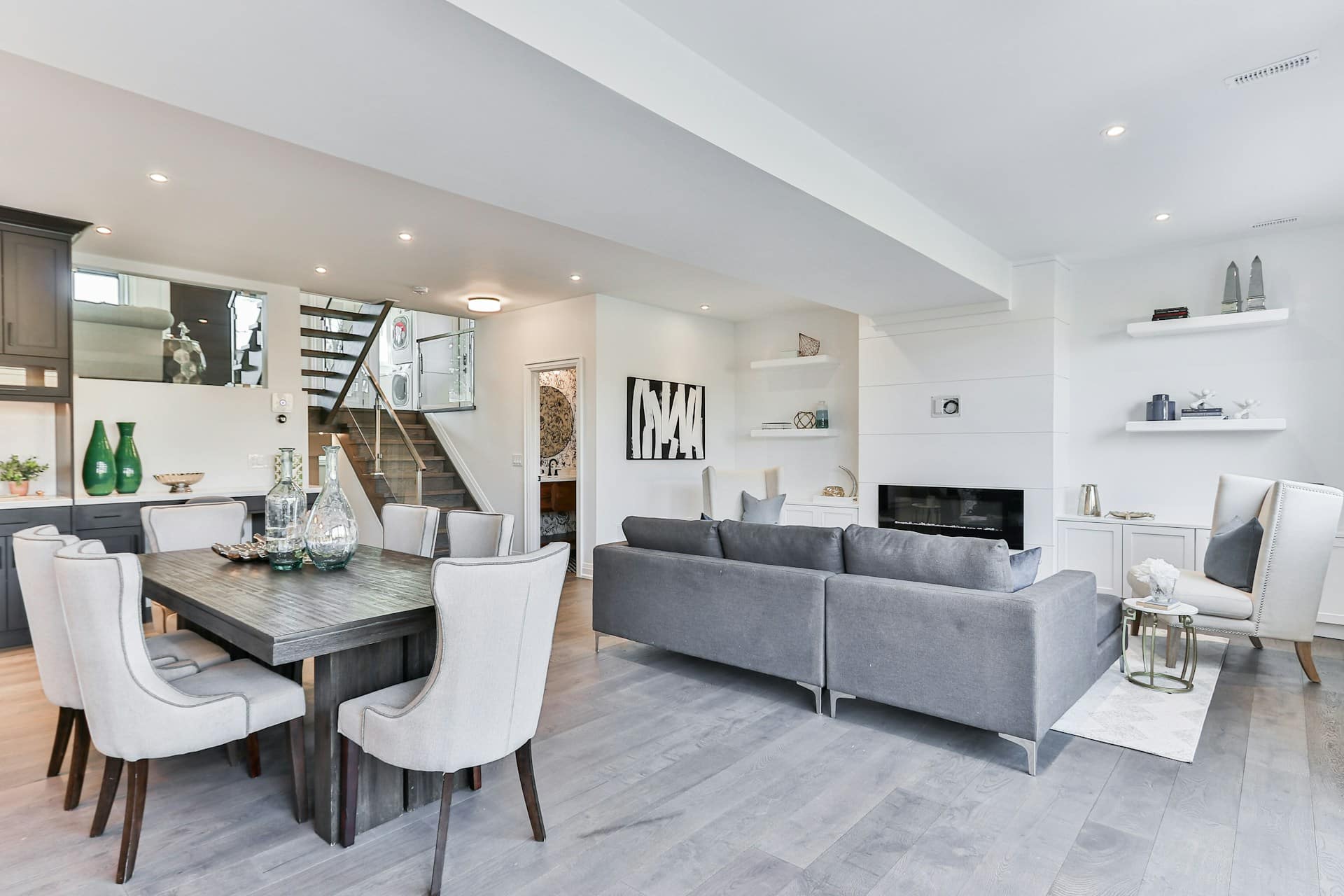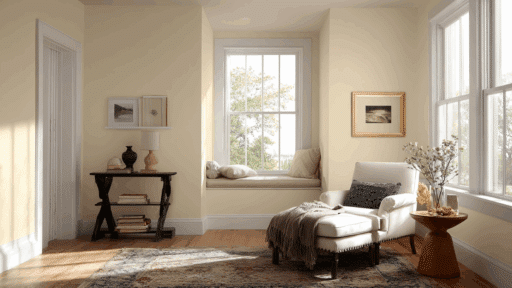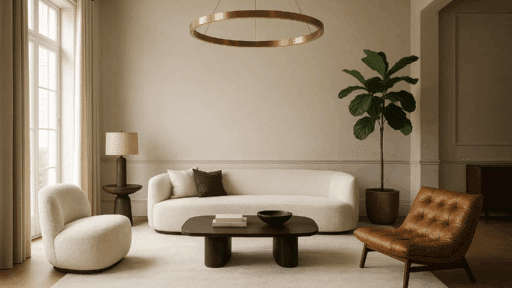Using sustainable materials in home interiors is becoming a trend as more Chicagoans explore methods for living a sustainable lifestyle. Not only is this movement environmentally friendly, but it is also good for human well-being. As environmental considerations have become more pressing, designers and private homeowners have been more likely to embrace sustainable choices.
Understanding Eco-Friendly Materials
Eco-friendly materials do not harm the environment. They are sustainably sourced and, however, toxic-chemical-free. They can involve recycled, reclaimed, or renewable resources. By using such materials, individuals help minimize waste and preserve natural resources. For instance, an interior designer or decorator in Chicago might recommend using reclaimed wood flooring or bamboo cabinetry to clients looking to reduce their environmental impact.
Benefits of Eco-Friendly Interiors
Opting for sustainable home interiors comes with several benefits. First, it enhances indoor air quality. Most traditional construction materials emit gaseous substances known as volatile organic compounds (VOC). Eco-friendly alternatives are also non-toxic and safe. Second, they require less energy to produce and have lower carbon emissions. Finally, sustainable options may extend the lifespan of home furnishings, leading to both durability and cost savings in the long term.
Popular Eco-Friendly Materials
In interior design, many environmentally friendly materials have gained popularity. One such renewable resource is bamboo. This tree has rapid growth and can be used to make flooring, furniture, and wall coverings. Then there is recycled wood, which not only looks nice but also reduces the demand for new timber, so it has the added benefit of being more sustainable. Cork: Split this material is very sustainable and has great insulation properties. It’s perfectly suitable for flooring and wall tiles. Recycled metal and glass are also used, modernizing the beauty of house interiors.
Sustainable Home Design Tips
Using eco-friendly materials requires a lot of planning. Homeowners can start by looking at the present condition of the inside of their homes and deciding on what needs to be improved. You can start by choosing furniture made from reclaimed or recycled materials. Opting for low-VOC paints and finishes can also greatly improve the air quality. For fabrics, organic cotton, linen, or hemp are wonderful options. They’re gentle, breathable, and compostable.
Challenges and Solutions
There are many advantages to eco-friendly design, but there are also some disadvantages. Many homeowners worry that sustainable materials usually cost more than conventional materials. That said, purchasing high-grade materials does provide long-term savings. Another issue is sourcing suppliers that sell eco-friendly and environmentally friendly products. One way to solve this problem is for homeowners to look into the suppliers and see their credentials. We may have some sense of assurance in the sustainability of a product backed by certifications.
The Role of Technology
Technology is an important aspect of sustainable home design and energy optimization. Smart home systems can help reduce wastage and minimize costs. For example, smart thermostats can turn heating and cooling up or down depending on whether a person is occupying the space, which helps save energy and improve comfort. Energy-efficient lighting and appliances can also reduce a home’s carbon footprint.
Community and Collaboration
This is a partnership to create sustainable interiors. Designers, suppliers, and sometimes even homeowners need to work in tandem to achieve the final outcome. Participation in the local community gives valuable composition names. There are plenty of sustainable living resources and events in Chicago. They help people exchange ideas and experiences with one another.
Future Trends
Eco-friendly materials for home interiors will rise in demand. Sustainable design will become even more prevalent as awareness of environmental impact increases. Technological and material innovations will drive access to more beautiful and sustainable forms. Natural elements and design features like living walls and natural light will build the indoor-outdoor connection.
Conclusion
Bringing more nature-friendly products into the home is vital for sustainable living. Chicago homeowners can contribute to a greener environment while beautifying and creating healthy living spaces. Opting for eco-friendly products enables you to make sustainable choices for the collective future. Not only is it beneficial for people and the planet, but the journey also requires a little commitment and a bit of imagination.








